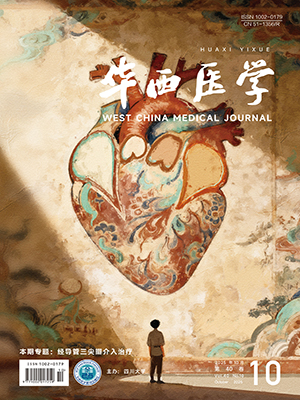| 1. |
杨欣, 王建六. 美国妇产科学院盆腔器官脱垂临床实践指南(2009年)解读[J]. 中国妇产科临床杂志, 2011,12(2): 157-160.
|
| 2. |
柯桂珠, 宋岩峰. 盆底器官脱垂患者肛提肌的动态MRI研究[J]. 现代妇产科进展, 2008, 17(7): 525-529.
|
| 3. |
Kew J, Rees GL, Close D. Multiplanar reconstructed computed tomography images improves depiction and understanding of the anatomy of the frontal sinus and recess[J] Am J Rhinol, 2002, 16(2): 119-123.
|
| 4. |
Delancey JO. Anatomic aspects of vaginal eversion after hysterectomy[J]. Am J Obstet Gynecol, 1992,166(6 Pt 1): 1717-1724.
|
| 5. |
Stammberger HR, Kenney DW. Paranasal sinuses: anatomic terminology and nomenclature[J]. Ann Oto Rhinol Laryngol, 1995, 167(Suppl): 7-16.
|
| 6. |
Wormald PJ. The agger nasi cell: the key to understanding the anatomy of the frontal recess[J]. Otolaryngol Head Neck Surg. 2003, 129(5): 497-507.
|
| 7. |
Choi BI, Lee HJ, Han JK, et al. Detection of hypervascular nodular hepatocellular carcinomas: value of triphasic helical CT compared with iodized-oil CT[J]. AJR Am J Roentgenol, 2008, 157(2): 219-224.
|
| 8. |
Khan MA, Combs CS, Brunt EM, et al. Positron emission tomography scanning in the evaluation of hepatocellular carcinoma[J]. J Hepatol, 2000, 32(5): 792-797.
|




